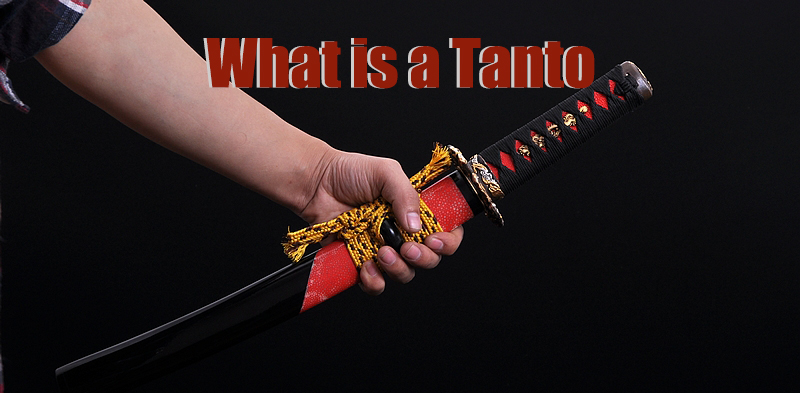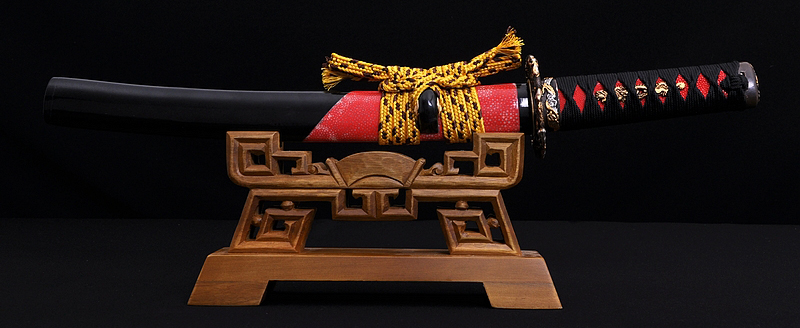What is a Tanto?

A tanto is a traditional Japanese dagger or short sword. It typically has a single-edged blade with a sharp point and a handle that can vary in length. The tanto originated in Japan during the Heian period (794-1185) and was primarily used as a weapon by samurai warriors.
The blade of a tanto is usually around 15 to 30 centimeters (6 to 12 inches) in length, making it shorter than a standard katana or long sword. Tantos were designed for close-quarter combat, offering versatility in tight spaces and allowing for quick and precise strikes. The blade geometry can vary, with some tantos having a slight curve similar to a katana, while others have a straight edge.

Traditionally, tantos were forged using the same techniques as longer swords, such as differential hardening to create a sharp cutting edge and a more resilient spine. They were often made from high-carbon steel and featured a visible hamon (temper line) along the blade, showcasing the craftsmanship of the swordsmith.
Tantos served various purposes beyond combat. They were also used as tools for daily tasks, such as cutting, slicing, and craftsmanship. In addition, they held cultural significance and were sometimes given as ceremonial gifts or used as a symbol of authority.

Today, tantos continue to be valued for their historical significance and aesthetic appeal. They are collected by enthusiasts, displayed as decorative pieces, and can still be found in some traditional martial arts practices. Modern interpretations of tantos are also available, catering to different needs and preferences.
In summary, a tanto is a Japanese dagger or short sword with a single-edged blade and a rich cultural and historical background. Its compact size, sharpness, and versatility make it a distinctive weapon and tool in Japanese history and martial arts.
